 Welcome the last leg of my trip to Atlanta (Georgia) and Portland (Maine), which included an unexpected weekend round-trip to Washington DC. Today’s Travel Spot covers my return to the UK last weekend, flying World Traveller Plus (aka Premium Economy) with British Airways. Having arrived in Atlanta almost four weeks earlier, I continued my USA tradition of (hardly ever) flying to/from the same airport by returning from Boston Logan.
Welcome the last leg of my trip to Atlanta (Georgia) and Portland (Maine), which included an unexpected weekend round-trip to Washington DC. Today’s Travel Spot covers my return to the UK last weekend, flying World Traveller Plus (aka Premium Economy) with British Airways. Having arrived in Atlanta almost four weeks earlier, I continued my USA tradition of (hardly ever) flying to/from the same airport by returning from Boston Logan.
This post starts with my pre-flight preparations (an essential part of travelling during the COVID-19 pandemic). Even though the rules changed mid-trip (due to the omicron variant), things were nowhere near as onerous as when I flew out, when the process was sufficiently complex that I dedicated an entire Travel Spot to the experience.
The remainder of the post is more traditional, covering the journey to the airport, the airport itself, and my flight. In the last few years, I’ve taken the early morning flight from Boston (either British Airways or Virgin Atlantic), but that disappeared from the schedules at the start of the pandemic. Instead, I flew back overnight in World Traveller Plus, my first overnight economy flight since 2017, when I flew from Chicago to Manchester with American Airlines.
As usual, since this is a long post, I’ve split it into several sections:
- Pre-flight Preparations
- Getting to the Airport
- Concord Coach Lines
- Logan Airport
- British Airways Lounge
- Making Coffee
- Boarding
- World Traveller Plus (and the new Club World seating)
- Takeoff
- The Flight
- Heathrow
You can see how I got on, starting with my pre-flight preparations, after the gallery.
When planning the trip, UK entry requirements for fully vaccinated travellers had relaxed considerably compared to July, when I returned from Iceland. A pre-flight COVID-19 test was no longer required, while the Day 2 Test on arrival, which had been a (more expensive) PCR test, was now the cheaper/quicker lateral flow test. You still had to demonstrate your COVID-19 vaccination status and fill in a passenger locator form, but that was it.
Then, on Saturday, 27th November, six days before my flight, the rules changed in light of the omicron variant. There was still no pre-flight test (this has subsequently changed, with pre-flight tests now required), but the Day 2 Test was once again a PCR test. In addition, you had to self-isolate until you had received a negative result, a new restriction which wasn’t in place in July.
Self-isolation had an immediate impact for me, since I’d specifically flown back on Friday evening (to arrive the following morning) so that I could commentate on the Surrey Scorchers game on Saturday evening. With a lateral flow test, I’d have had the result within an hour and known whether I could go, but having to self-isolate until the result of the PCR test came back (48 hours) ruled that out.
I could have booked a home test (as I’d done on my return from Iceland), but even with everything going smoothly, the test being posted back on Saturday, and reaching the laboratory on Monday morning, the earliest I would have received the result was Tuesday evening. Unfortunately, I was hoping to travel to my Dad’s in North Wales on Monday morning, so my only option was to take a test at the airport as soon as I arrived, which, with a 48 hour turnaround, should have meant my result arriving no later than early Monday morning.
Fortunately, I hadn’t I booked my test by the time that the rules changed, otherwise I would have had the additional complication of cancelling my lateral flow test and rebooking. For my Day 2 Test in July, I made the mistake of using the Government approved suppliers list as my starting point, but this time I visited the British Airways website and its much shorter list, all offering discounts for British Airways passengers.
Of these, only three, Randox, Cignpost ExpressTest and Collinson, offered tests at Heathrow. I ruled out Randox due to its association with disgraced ex-MP Owen Paterson, while Cignpost ExpressTest (who Amanda had used when she flew to the UK in September) had no slots until noon which meant hanging around at the airport for five hours. That left Collinson, who I’d used for my pre-flight lateral flow test on my way out, so I booked a test for 07:30 on the morning of my arrival.
Although the test site isn’t in the terminal (which is the main advantage with Cignpost ExpressTest), I knew where it was, was happy with the procedure and, according to the website, there were regular shuttle buses between the terminals and the test centre. The booking process was straightforward and, having parted with £55, I received the all-important code which I needed for the passenger locator form.
That just left the form and the VeriFLY app, was much less faff the second time around, particularly since I (in theory) knew what I was doing. I created a trip on Monday, entering the flight details and uploading my COVID-19 vaccination certificate. This which was as far as I could get without the passenger locator form, which I filled out on Thursday morning (it has to be competed in the 48 hours before your arrival). This was more involved than I remember it from July (perhaps due to the self-isolation requirement), but was still straightforward. Once I’d submitted it, I received a six-page PDF certificate with a QR Code, which enabled me to complete my trip in the VeriFLY App.
That was it, until I got to airport on Friday. You can see how that went after the gallery.
The easiest way to get from Portland to Boston Logan Airport (other than getting Amanda to drive me) is to take the bus, which I’ve done a few times now (in one direction or the other). Concord Coach Lines runs a direct hourly service from Portland to Logan for just $30 one way. The alternative is Amtrak’s Downeaster service, which I took back in June 2015, at the start of my coast-to-coast journey across America. As much as I love taking the train, the Downeaster is nowhere near as convenient as the bus, though, taking forty minutes longer, only running every three hours and, perhaps most importantly, terminating at Boston’s North Station, which still leaves a tricky transfer (with luggage) to the airport.
The bus typically takes two hours, although some go via Boston’s South Station, adding an extra 20 minutes to the journey. My flight departed from Boston Logan at 18:55, which meant, in normal times, getting to the airport at around 17:00. However, these weren’t normal times and, while there was a 14:30 bus which would have got me to the airport just before 17:00, what with the possibilities of long delays due to the COVID-19 documentation checks, plus Friday evening traffic, I decided that was cutting it a bit fine. If things had turned out to be as bad as they were at Keflavik Airport when I flew back from Iceland in July, I’d have probably missed my flight!
Instead, I opted for the 13:30 service direct to the airport, arriving at 15:30. Booking the ticket online was straightforward, although you have to print the ticket since the staff won’t accept an electronic version (you physically hand the printout over before you board). You’ll also need a coloured tag for any large items of luggage that you won’t be taking onto the bus with you, which you can collect at the ticket desk in the bus station. This tells the driver which terminal you’re going to, ensuring that your luggage goes into the correct compartment of the bus.
Finally, your ticket is no guarantee of a seat on any particular service, so it pays to get to the bus station early. With that in mind, Amanda dropped me off at the Portland Transportation Center at 13:15, where I found that there was already a (short) queue for the bus. However, this was very well managed, with multiple, clear announcements governing the boarding process. I got my luggage tag (I was going to Terminal E, the international terminal and the last of five stops at the airport) and joined the back of the queue.
We started boarding at 13:20, the only complication being the departure of a direct service to Boston South Station, which was leaving at the same time, so it was important to get on the correct bus! That said, the whole process was well marshalled, with separate staff checking tickets for each bus, so the potential for actually getting on the wrong one (rather than just the embarrassment of being in the wrong queue) was very small.
The Concord Coach fleet is pretty good, with large, spacious seats and plenty of legroom, even when the seat in front is reclined (admittedly they don’t go that far back). There’s at-seat power (either mains power or mains plus USB), free WiFi and, at regular intervals above the seats on either side, TV monitors which show a movie if you’re interested (there’s sound provided via a 3.5mm headphone jack, but you need to bring your own headphones). Finally, there’s a toilet right at the back.
You can see how the journey went after the gallery.
The bus left on time, going straight from the Transportation Center onto I-295 and from there onto I-95 for the run down to Boston. It was quite full, but I was still able to get a pair of seats to myself, while the pair of seats behind me was empty. All passengers are required to wear masks and I was pleased to see that this was being complied with by pretty much everyone.
This is a route that I’ve travelled quite a few times in the last few years (by car and bus), including a couple of weeks before (in reverse) when I took the bus from Boston up to Portland. In terms of scenery, I-95 doesn’t have a great deal to offer since, while it follows the line of the coast through Maine, it is a few kilometres (or more) inland at all times. The view is therefore mostly of trees, punctuated by the occasional river crossing, the most spectacular of these being the Piscataqua at Portsmouth, which marks the border between Maine and New Hampshire.
Not that the bus is in New Hampshire for long, taking around 15 minutes before crossing the state line into Massachusetts, where it continues down I-95, before leaving the interstate for US 1, the standard route to Boston and South Station. From there, the bus takes Route 60 to cut across to Route 1A which goes straight to the airport, avoiding the centre of Boston.
The traffic was free-flowing until we reached Route 60, where things ground to a halt, the road becoming increasingly suburban and clogged with Friday night traffic. Despite this, we arrived at Terminal A, our first stop, at 15:20, and made it to Terminal E, the fifth and final stop, at 15:30, right on time and 3½ hours before my flight was due to leave. This is comfortably the earliest that I’ve arrived for a flight since I flew home from Shanghai on a flight that left in the middle of the night. On that occasion, I turned up at the airport so early that it was a couple of hours before check in opened!
You can see how I got on at the airport after the gallery.
Like most airport buses, we were dropped at ground level (arrivals), so I had to go up one floor to departures, which turned out to be a short ride up the escalator (unlike Heathrow Terminal 5, where departures is four floors up!). When I got upstairs, I was relieved to find that check in was open, and, contrary to my fears, there were no queues. In fact, staff very nearly outnumbered passengers (five of each before I arrived).
I used the First Class desk out of habit, where I was the only passenger, but I suspect that even if I’d gone to the World Traveller check in, it would have been just as quick. It was at this point that I realised that in all my excitement at getting my paperwork done ahead of time, I’d forgotten to check in online. With hindsight, I’m not sure that online check in was available, since British Airways didn’t send me any of the usual reminders (e-mails, texts or notifications from the British Airways app).
Not that it mattered since check in was ridiculously quick. Almost as an afterthought, the agent asked me if I was using the VeriFLY app. I said yes, showed my green pass, and that was that, the first and last time I had to show anything other than my passport/boarding pass. In all, check in took under two minutes.
Security was slightly more involved, but just as easy. There was a separate line for first/business class (which includes Gold Status), but all this does is get you to the back of the queue for passport control a little more quickly. After a short wait, I showed my passport and boarding pass, and, much to my relief, I was waved through (having failed to get a stamp in my passport when I arrived in Atlanta, I was worried I wouldn’t be let out).
From there, it was onto security proper, where the queue was a little longer, but moving quickly enough. The security staff were excellent: efficient and very clear in their communication (which isn’t always the case). As a result, 20 minutes after checking in, I was in the terminal, looking for the lounge.
My experiences of Boston Logan’s international terminal are far from typical. When I flew in 2019 and again in 2020, it was on the early morning flights, so the terminal was very quiet, while the last time I flew (at the start of the COVID-19 pandemic), the terminal was practically deserted. As a result, I have no baseline to compare against, but once again, the terminal was almost deserted, probably not helped by most of the food and drink concessions being closed.
I looked around before heading up to the lounge and, I have to say, other than the lack of concessions, I was impressed. There’s a wide variety of seating available, from lounge chairs to computer desks, although the rocking chairs facing the massive windows that overlook the runways were a nice touch. It was hard to tell since it was so quiet, but each of the gates seemed to have more than enough seats. Best of all, there were multiple power outlets, both USB and regular mains (although only American outlets).
With that out of the way, I headed upstairs to the British Airways Lounge. You can see what I made of it after the gallery.
I’ve been really spoilt, flying from places like Chicago O’Hare, where British Airways has a separate First Class lounge, along with the usual Club World lounge. Here, everyone is in the same lounge, but to be honest, it’s pretty impressive. Located upstairs at the far end of the terminal, it’s above the gate area (Gate E12), where all the British Airways flights depart from (in its heyday, I think British Airways had three flights a day, one in the morning, two in the evening). To warrant a dedicated lounge and gate, I suspect that this was one of British Airways’ business-heavy routes. Its best feature is the dedicated gate at the back, where you board directly onto the plane, bypassing the other passengers at Gate E12, who are on the level below.
I was through security at exactly 16:00, which was good timing, since the lounge was closed until then. As it was, there was a short queue when I got there and I saw more people in the lounge than down at the gate. That said, it was initially really quiet, but then slowly filled up over the following two hours. By the time it came to boarding, I estimate that there were 60 – 80 people there, although some of these were probably early arrivals for the later flight, which left 2½ hours after mine.
I’ve used the lounge twice before, both at the start of 2020. The first time, for the early morning flight, it was, unsurprisingly, very quiet. The second time, a month later, was as I cut short my trip to return home at the start of the COVID-19 pandemic. Then it was practically empty, with just three passengers (including me) and one member of staff, so this was the first time I’d used it when it was busy.
The lounge consists of several interconnected rooms, arranged around a central toilet and shower block. There’s plenty of seating, many with US power outlets and USB sockets, free Wifi, a buffet area at the front (with a separate dining area for First Class passengers, which was closed due to COVID-19) and a bar at the back, with lots more seating, where you’ll find the gate off to the right.
You can see what I got up to in the lounge after the gallery.
The main difference compared to my first visit was the food service (the second time I was there, at the start of the COVID-19 pandemic, the lounge had no service at all). As well as closing the dining room, the buffet was also unavailable, which is also the case at the British Airways lounges at Heathrow (and, I suspect, all British Airways lounges).
Instead, you order online and your food is brought to you. You can either eat at the tables in the buffet area, or have your food at your seat. The menu wasn’t as extensive as at Heathrow (where, admittedly, I’d been in the First Class lounge), but it had a reasonable choice and, since I’d skipped lunch and wouldn’t be eating until comparatively late on the plane, I ordered the vegetarian burger with a chocolate chunk brownie (the only dessert option, although there were help-yourself cookies) to follow. These duly arrived and, I have to say, were pretty good.
The only thing that remained was coffee. The bean-to-cup machine was out of order, although having seen how dark the beans were in the hopper, I’d have passed on that anyway, while the pre-brewed coffee was from Starbucks, so there was little alternative but to make my own. Reusing my latest tweak to my in-flight coffee-making routine, I filled my Frank Green Ceramic Cup with hot water from the flask next to the coffee, using it to make my coffee back at my seat.
I’d pre-weighed some beans before I left Amanda’s, putting 15 grams of the Mokha Java blend from Speckled Ax into a small tub (the cup only has enough water, 250 ml, for a 15 gram dose). I used my Aergrind to grind the beans, putting them into my Travel Press, then poured in the water from the cup. As a bonus, I discovered that the drinking hole in the lid makes for a pretty good pouring kettle.
In theory, I could have drunk the coffee from the Frank Green Ceramic Cup, since it was already pre-warmed, but instead I helped myself to one of the cups from the lounge. Even though I say so myself, it was a pretty tasty cup of coffee. When I was done, I rinsed out my Travel Press in the toilets, just in case I wanted to make some more coffee on the plane.
Talking of which, you can see how boarding went after gallery.
I’m always surprised how quickly time goes by in the lounge. I was there for two hours, but it didn’t seem that long. By the time I’d settled in, ordered my late lunch, then eaten it, an hour had already gone by. Between writing some of this Travel Spot and making my coffee, the rest of the time quickly disappeared.
My boarding pass claimed that we’d start boarding at 17:55, an hour before departure, but it would have been a first if we had. In a larger lounge, such as those at Heathrow, where multiple flights leave at any given time, this would have been meant constantly watching the departures boards from six o’clock onwards. However, for a smaller lounge like this one, where pretty much everyone is on the same flight (or, as in this case, one of two flights), it’s treated more like a gate, with regular boarding announcements, which is much more relaxed. Plus, of course, since we were boarding directly from the back of the lounge, we really were at the gate.
Pre-boarding began at 18:10, with Group 1 (which includes Gold Status) called five minutes later at 18:15. Given how full the lounge was, I went straight to the gate, where I found a long line of people. However, they weren’t boarding, just waiting for the next group to be called, something which I’ve never understood. Why queue in order to spend even more time on the plane?
I skipped past the line to find a couple of people ahead of me at the gate. There’s been one change since my last flight from Boston: instead of scanning your boarding pass, it’s now done using facial recognition. You don’t have to show your passport or boarding pass. Instead you stand at the gate, look at a camera, then it turns green and you can board.
I have no idea what happens if it doesn’t recognise you (nor can I remember having my image taken when I arrived at the airport, so perhaps it was matching my image with the one that was taken when I arrived in Atlanta). Regardless, it worked really well and felt as quick, or perhaps even quicker, than manually checking boarding passes.
Two flights of escalators lead directly down to the airbridge, except that in my case, everyone was standing on the escalators, so I took the stairs, passing about 10 people along the way. Even so, and despite being one of the first to the gate, I reckon that about 15 people were ahead of me in a queue on the airbridge, although it was short-lived and by 18:20, I was on the plane, making my way through Club World (which I’ll come back to) to my seat in the front row of the World Traveller Plus cabin.
After putting all my stuff away (and taking lots of pictures), I settled into my seat at 18:30. This was just as well, since by then, a constant stream of people was passing by on their way to the back of the plane. Five minutes later, at 18:35, the pilot announced that boarding was complete, although plenty of people had still to take their seats.
Along the way, I was offered a welcome drink, which was also the case on my flight out to Atlanta. Back then, I thought that everyone in World Traveller Plus had been offered one, but this time around, I noticed that only a few of us were approached. With hindsight, I suspect that this is a status thing, with Gold (and possibly Silver; I’ll find out next year!) being offered the welcome drink. I also got a personal welcome from Wendy, the purser, which is always a nice touch.
You can see what I made of the plane (which had been recently refurbished) after the gallery.
I was flying on a Boeing 777-200, which has been the case almost every time I’ve flown to/from Boston with British Airways. Although this was a fairly old plane (G-YMMJ, which was delivered in November 2000), it was recently refurbished, sporting new seating in Club World, World Traveller Plus and World Traveller. Although I was travelling in World Traveller Plus, it’s worth looking at the other two cabins as well, particularly Club World, which I had to walk through to get to my seat.
Regular readers of the Travel Spot will be familiar with the old Club World seating and my gripes about it. Whereas most airlines have individual suite-style seats in business class, the old Club World layout has pairs of seats, one facing forwards, the other backwards. For aircraft like the Boeing 777, these are arranged with one pair on either side and two pairs in the central aisle, making eight seats in each row.
However, all that is changing with the new Club World suite seating, which I saw for the first time on this flight. The pairs of seats are gone, replaced with individual suites, a fully-enclosed seat with much more storage space (a major gripe with the old seats) and easy access (no more climbing over the person next to you!). These are arranged in a herringbone pattern, with one suite on either side and two in the middle, all facing forwards. This is similar to other airlines’ business class seats, like Finnair (who flew me to Tokyo on an Airbus A350-900).
The new suites/layout looked fabulous as I walked through the rear Club World cabin, which consisted of nine rows of the new suites. On the face of it, they appear to be a major step up from the old Club World seats. If there was ever a flight to be upgraded on, this was it, since I’d have loved to check them out, but it was not to be. If you’re interested, by the way, the suites are standard on all British Airways’ new A350s and 787-10s, and are being rolled out across its 777 fleet, with the aim of all the 777s being converted by the end of 2022.
However, what British Airways gives in Club World, it takes away in World Traveller, which is at the back of the plane. This too has new seats, replacing the old 3-3-3 layout with an even more densely packed 3-4-3 layout for the first 11 rows, after which it shrinks to 2-4-2 for the next three rows as the fuselage narrows. The final two rows (there are 16 in all) just have the four seats in the middle. I last flew in World Traveller in 2020 (on the way to Boston), when I was very impressed with the quality of seats, so I’m keen to see how the new seats measure up in comparison.
The World Traveller Plus cabin is between the two, consisting of just five rows of seats in a 2-4-2 configuration. Compared to the last time I flew World Traveller Plus (again in 2020, on my return from Boston), the seats were a big improvement, including a bigger TV screen and better at-seat power. Indeed, the seats were identical to those on my flight to Atlanta at the start of the trip, which was on a 787-800. The only difference was the cabin, since the smaller 787 has a 2-3-2 layout with just 3½ rows of seats.
The other area where the 777-200 scores over the 787-800 is in the provision of toilets. There are four in all (compared to three for the 787), two at the back by the galley and two at the front of the World Traveller section, back-to-back in middle, by the emergency exits, putting them immediately behind World Traveller Plus, so I didn’t have to walk through World Traveller to get to them.
I was in my preferred seat (20J with this layout), an aisle seat on the side, at the front bulkhead. Since the seat was identical to my one on my flight to Atlanta, right down to its position in the cabin, I won’t repeat myself here. Instead, I refer you to my previous comments if you want to know what I thought of it.
You can see how takeoff went after the gallery.
The flight was very full, with three empty seats in World Traveller Plus, although there were a few more spaces back in World Traveller. As always happens on busy flights, the overhead lockers quickly filled up, leading to a few pouting passengers complaining that their bags couldn’t go in a nearby overhead bin (the one advantage I can see for boarding early is to get bin space near your seat).
The captain announced an estimated flight time of five hours and 40 minutes (against a scheduled 6½ hours), which meant we would be landing at around 06:00. At 18:55 we pushed back, right on time, and went straight into the (manual) safety briefing, although at least there was only one this time (since everyone in Club World was facing in the same direction).
We set off at 19:00 to taxi out to the runway. I miss the daylight flights I took from Boston, when I could see where we were going (although the good news is that they are now back on the British Airways schedule). We taxied past the terminal building, which I could just make out through the windows, then out onto the runways, where I switched to following our progress on the map on my phone (the TV monitor had to be stowed for takeoff).
The pilot announced seats for takeoff at 19:05 and at 19:10 we reached the south eastern tip of the airport, before turning onto one of the southeast/northwest runways. At 19:15, we were off, thundering down the runway and into the air, flying over Boston and inland a little way before turning sharply to the northeast.
The seat belt signs came off at 19:20 and 20 minutes later, at 19:40, the cabin service began with the usual pretzels and a drink. Just to change things up, I had sparkling water and a gin & tonic. This was cleared away by 20:05 and it was another half an hour before the main meal service began. I had my usual vegetarian meal pre-ordered which, this time around, was one of the vegan meals.
I often think I’d be better off cancelling the meal option and, since I’m usually sitting at the front of the cabin, taking my chances with the menu. The vegetarian option, pasta shells in a cheese sauce, sounded good, although my rice with a rich tomato sauce was very tasty, so I’m not complaining on that score. However, I always seem to end up with fruit for dessert when I get the vegan option, which is not my favourite. This time I was missing out on a coffee mousse, so I asked if there was a spare. Five minutes later, one turned up, and very tasty it was too.
Since I can’t risk sleeping when sitting in economy (for medical reasons), my plan on these overnight flights is always to stay awake the whole time. Then, on landing, I kid myself that it’s a new day and try to stay awake for as long as possible (or, if I’m feeling really tired, take a nap in the morning). One of the interesting things about this flight is that since it takes off relatively early, it lands at roughly 01:00 US time, which is around my normal bedtime.
This has the added benefit that I’m unlikely to be too tired on the flight, which makes staying awake that much easier. Conversely, if I was in Club World, I’d prefer to take a later flight, so I’d be more likely to be tired and hence stand a chance of sleeping. Even then, which such a short flight time, I’d only get three or four hours sleep at most.
The meal was cleared away at 21:05, and since I wasn’t going to be sleeping, I decided to have some coffee to go with my mousse. It was okay, better than a lot of airline coffee, but not quite as good as the cup I had on my flight to Atlanta (and definitely not as good as the Union coffee in Club World).
Then it was time to settle in for the rest of the flight, which you can read about after the gallery.
The rest of the flight was relatively uneventful. We ran into a little turbulence at 21:20, so the seatbelt signs came on, then, at 21:35 the cabin lights went down. I carried on working on my laptop, partly because the seat belt sign stayed on long after we had left the turbulence behind, eventually being turned off at 23:00, when I went for a wander.
I probably should have made myself some coffee at that point, but didn’t, thereby missing my chance. I was thinking about getting up again when the lights came on at 23:50 for breakfast. This turned out to be a cold vegetarian (vegan) option consisting of a roasted pepper sandwich and a bowl of fruit which I paired with a cup of (airplane) coffee. Although breakfast was okay, it’s at times like these that I miss being in Club World with its cooked breakfasts and decent coffee!
We crossed the Irish coast, just north of Galway, at 23:55, with an hour of the flight to go, which would put us arriving at Heathrow before six o’clock. We flew across North Wales, passing just south of my Dad’s house, then turned to a more southerly direction somewhere around Crewe. We had our first announcement about landing at 00:20, following by the 20 minutes to landing announcement at 00:40 (05:40 local time) when the seat belt signs came on.
At this point I put my monitor away, so I didn’t realise until we landed that, since we were so early, we had to make two fairly tight circles just northwest of Heathrow, somewhere above Berkhamsted, before we carried on with our normal approach, flying north of London and looping around to come in over the city. The pilot announced seats for landing 00:50 (05:50) and we landed at 01:05 (06:05), although since it was dark and the cloud base was at 200m, I didn’t see anything until we were almost on the ground.
Landing from the east meant that we had a really quick taxi to Terminal 5, where we came to a stand at 06:10. As is now usual practice, we were disembarked by rows, with people asked to remain in their seats until their row was called. On previous flights, this has been well-observed, but here plenty of people, particularly in Club World, were standing up despite the announcements.
The cabin doors were opened at 06:15 and rows 1 – 8 were called to disembark, which seemed to be the cue for half of Club World to stand up and queue in the aisles. The front half of Club World (rows 9 – 12) went next, then the rear half (rows 13 – 17) before all of World Traveller Plus (rows 20 – 25) disembarked at 06:20.
It was only when I got off the plane that I realised we weren’t at a gate. Instead, we were out on the tarmac, being herded onto buses for journey to the terminal. This would have been fine, except that we were crammed in like it was pre-COVID times, making a mockery of the whole process of trying to avoid people crowding together on the plane! As a result, we spent 15 minutes standing cheek-by-jowl for the bus ride to the terminal.
Although we’d landed ahead of schedule, by the time we’d done the whole bus thing, it was as if we’d arrived on time, reaching the main block at 06:35. At that time of the morning, Heathrow was incredibly quiet (which makes me wonder why there was no available gate) and I walked up to passport control where there were no queues. Instead, I just went to an open gate, scanned my passport, and that was that. I went down to baggage reclaim, waited five minutes for my bag to arrive and by 06:50 I was out of customs and into arrivals, the quickest I’ve ever got through Heathrow!
There was one final twist to my journey, which you can read about after the gallery.
Up until this point, my flight had been incredibly smooth. However, things that came off the rails somewhat thanks to Collinson and my need to get a COVID-19 PCR test, a process which was about as shambolic as it could possibly be. However, rather than end this post on a down note, I’ve left the testing debacle to its own, dedicated post.
Test done, I’d hoped to spend a little time in the British Airway arrivals lounge while I waited for the RailAir coach to Guildford, but the lounge was closed. Since passengers were expected to self-isolate until the test results came back, I can see that people from various flights from around the world mingling in the lounge is a bad idea.
However, since all three cafés in the arrivals area were open, this was rather self-defeating, with people mingling there instead, with the added bonus that you could also mingle with people waiting to greet passengers who’d just arrived. I don’t mind all the restrictions, but like the bus from the plane to the gate, it’s the half-hearted/ill thought out way that they are implemented that frustrates me!
I caught the 08:50 RailAir coach to Guildford, which was on time, dozing for most of the drive. Although it had been a miserable morning when I arrived at Heathrow, by then it was bright and sunny, which lifted my mood. I was home by 10:30 and spent the rest of the day battling waves of drowsiness, before going to bed at 22:30.
If you’re interested, my attempts at staving off jet lag were only partially successful. I slept well that first night, but, as I write this a week later, I’ve just had my first full night’s sleep since then, the rest of the time waking for a couple of hours in the middle of the night. As jet lag goes, it’s not the worst I’ve had (by a long way), but I’ve also faired a lot better on other trips.
That concludes this Travel Spot. Check out the trip’s Travel Spot page to see what I got up during my time in America. There’s also a separate Travel Spot post about the Day 2 PCR test debacle.
If you liked this post, please let me know by clicking the “Like” button. If you have a WordPress account and you don’t mind everyone knowing that you liked this post, you can use the “Like this” button right at the bottom instead. [bawlu_buttons]
Don’t forget that you can share this post with your friends using buttons below.








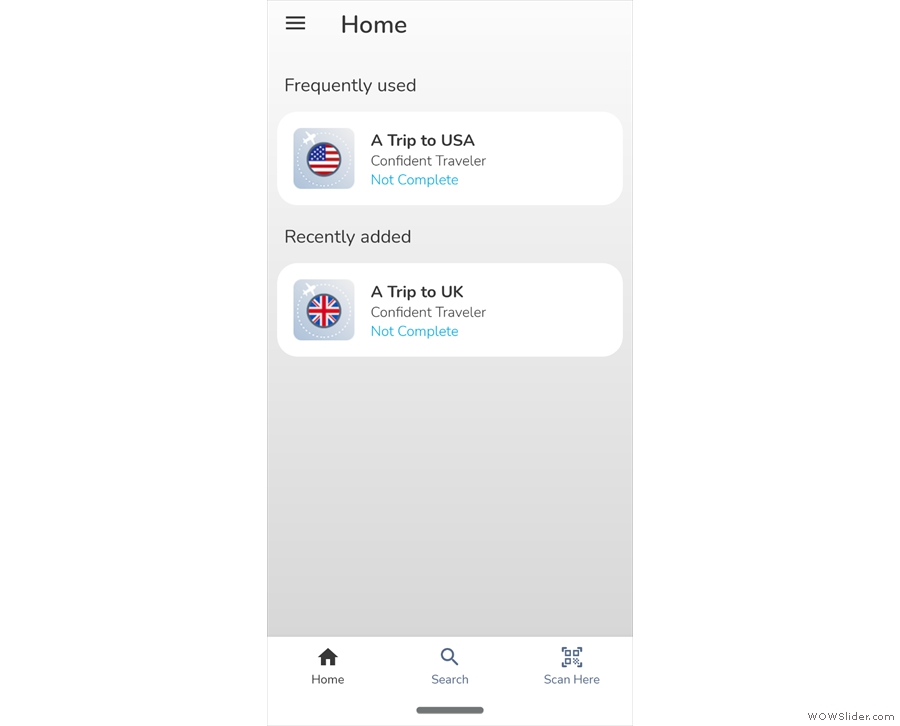










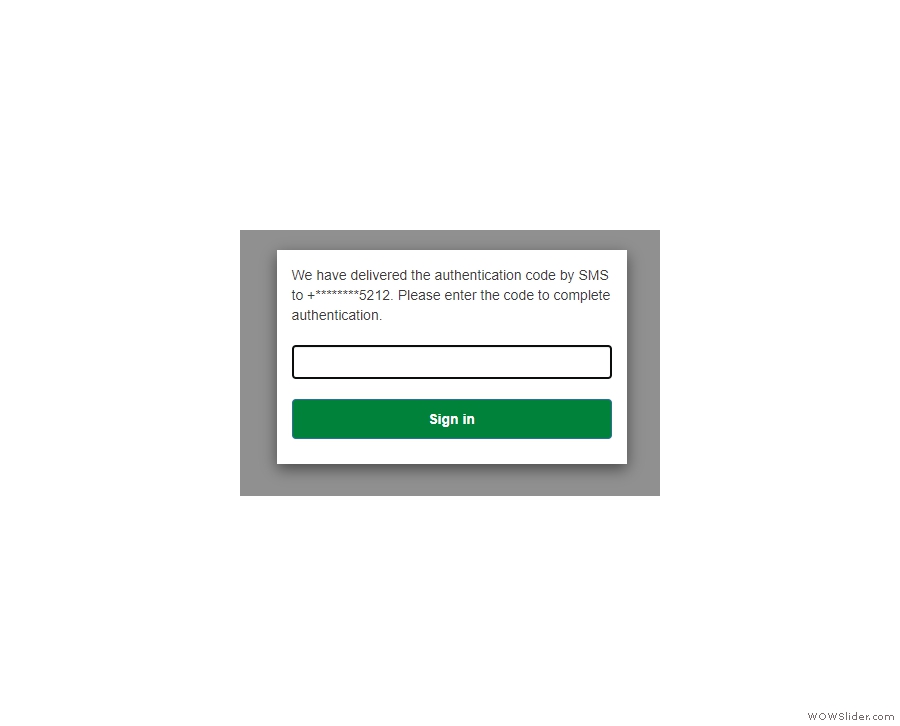

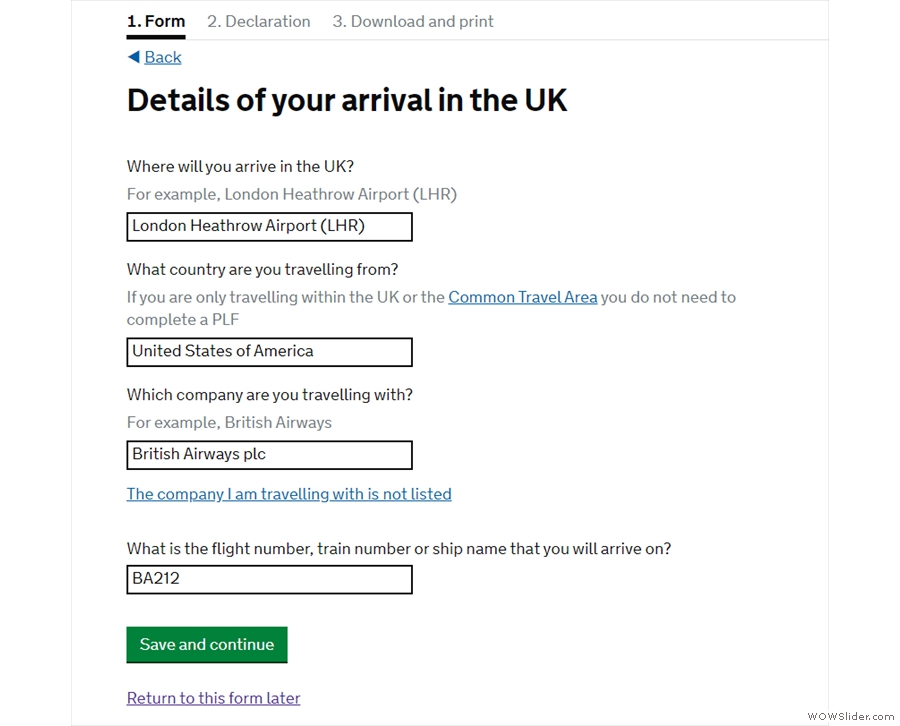


















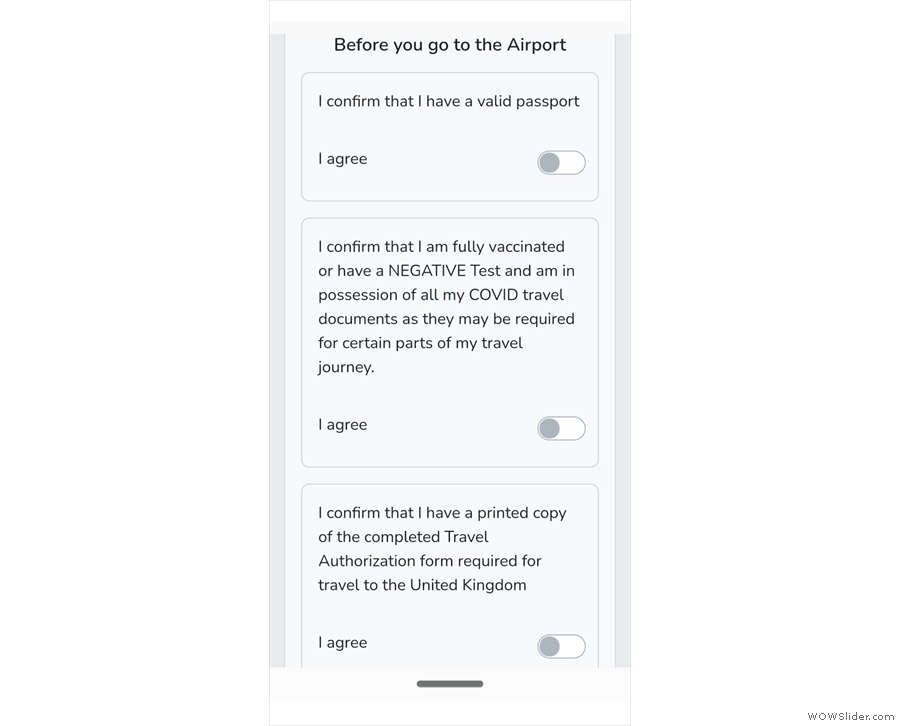

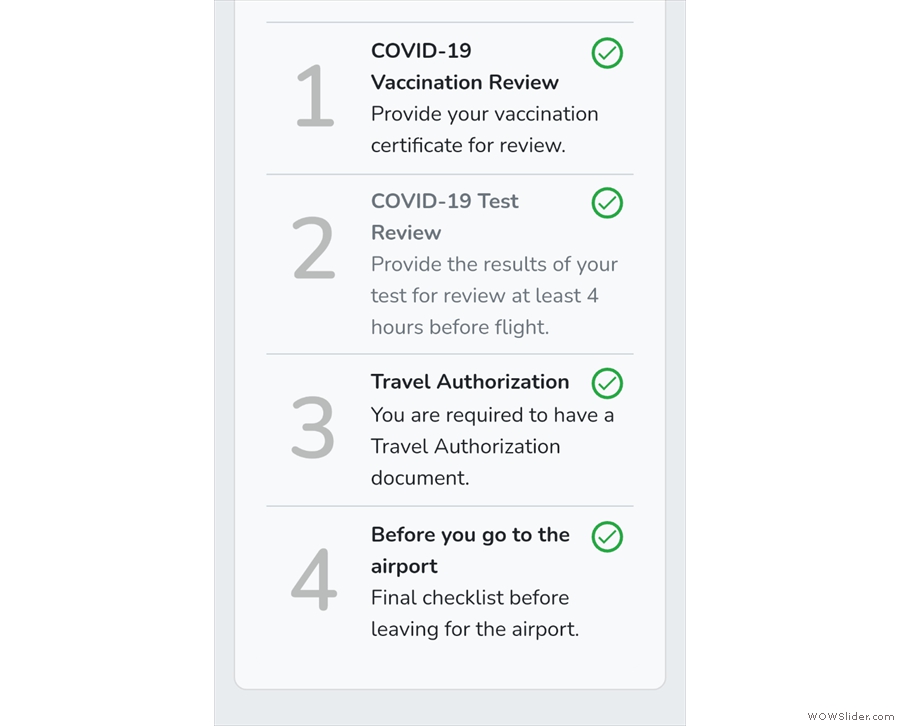




 1
1 2
2 3
3 4
4 5
5 6
6 7
7 8
8 9
9 10
10 11
11 12
12 13
13 14
14 15
15 16
16 17
17 18
18 19
19 20
20 21
21 22
22 23
23 24
24 25
25 26
26 27
27 28
28 29
29 30
30 31
31 32
32 33
33 34
34 35
35 36
36 37
37 38
38 39
39 40
40 41
41 42
42 43
43 44
44 45
45 46
46










 1
1 2
2 3
3 4
4 5
5 6
6 7
7 8
8 9
9 10
10 11
11
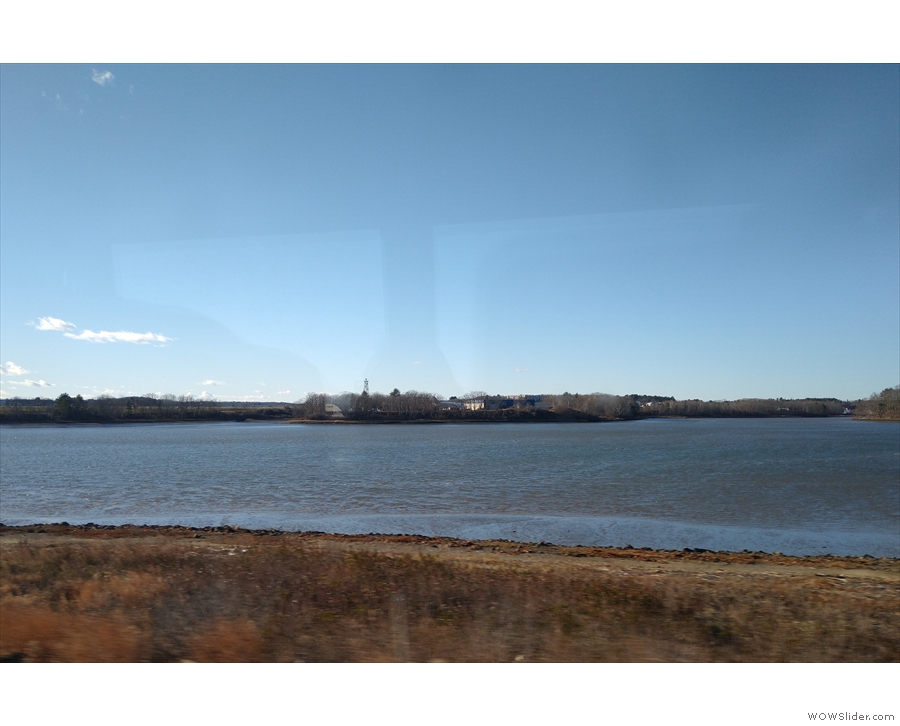
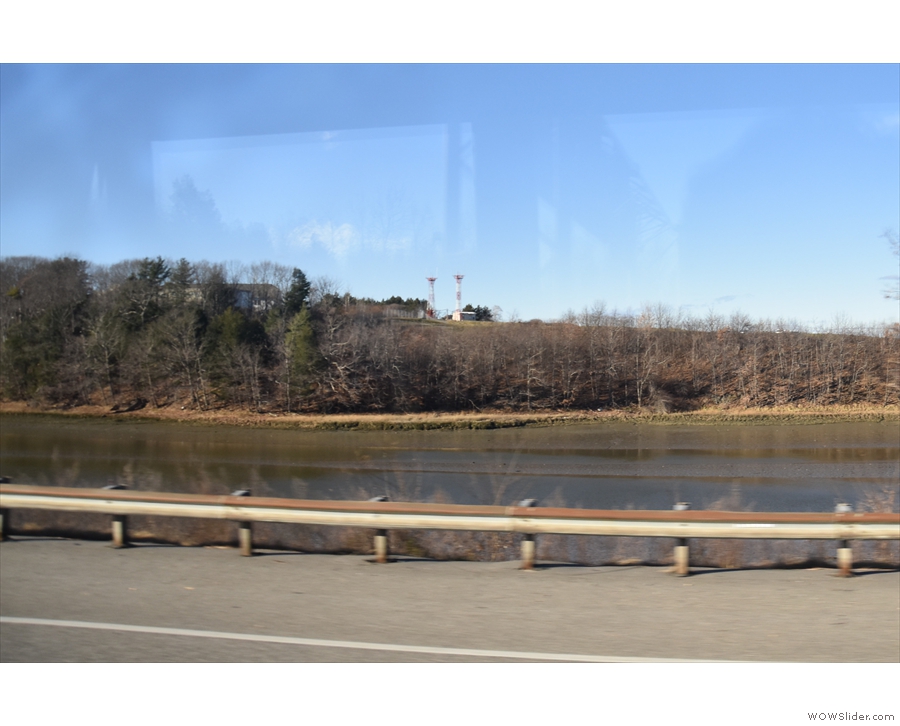













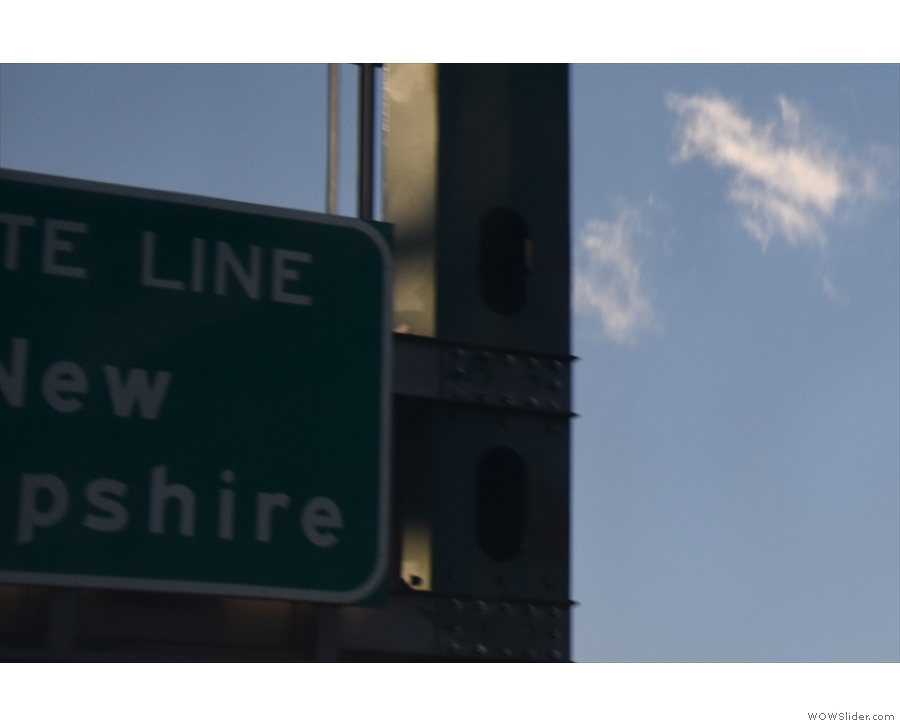



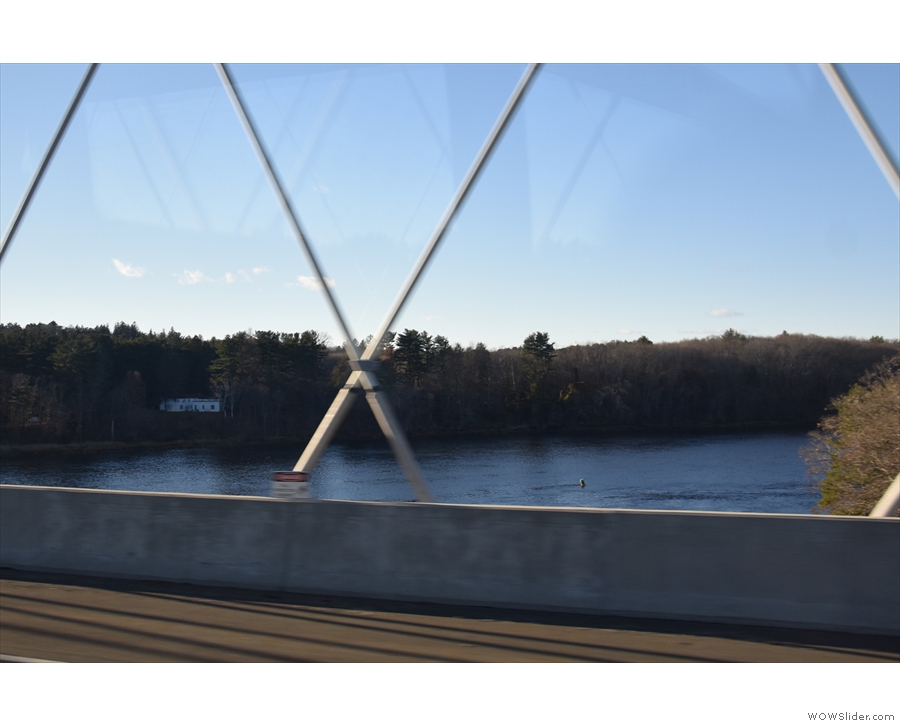












 1
1 2
2 3
3 4
4 5
5 6
6 7
7 8
8 9
9 10
10 11
11 12
12 13
13 14
14 15
15 16
16 17
17 18
18 19
19 20
20 21
21 22
22 23
23 24
24 25
25 26
26 27
27 28
28 29
29 30
30 31
31 32
32 33
33












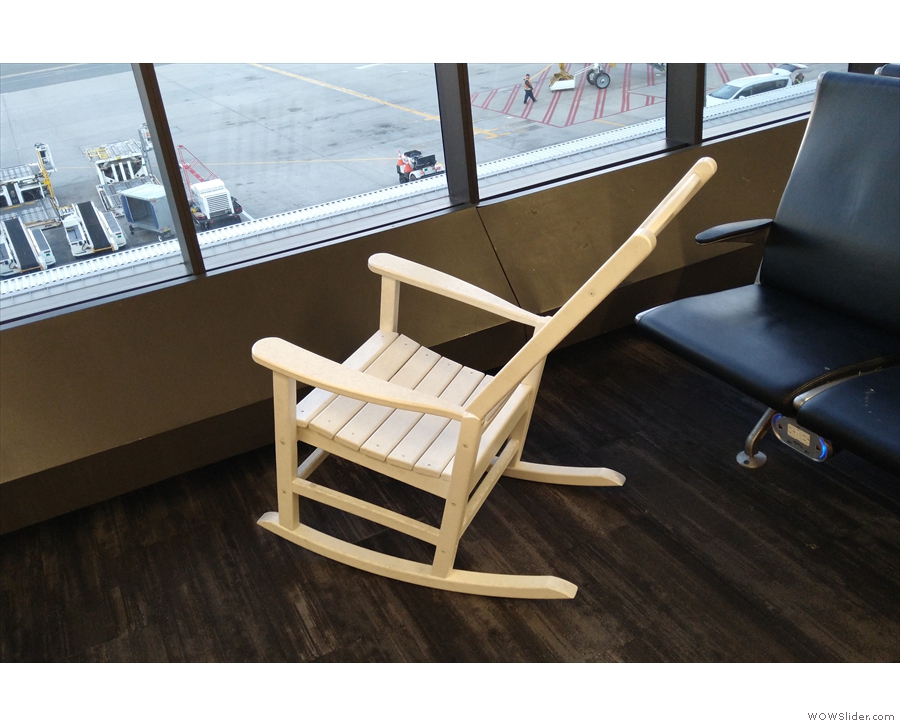





 1
1 2
2 3
3 4
4 5
5 6
6 7
7 8
8 9
9 10
10 11
11 12
12 13
13 14
14 15
15 16
16 17
17 18
18 19
19









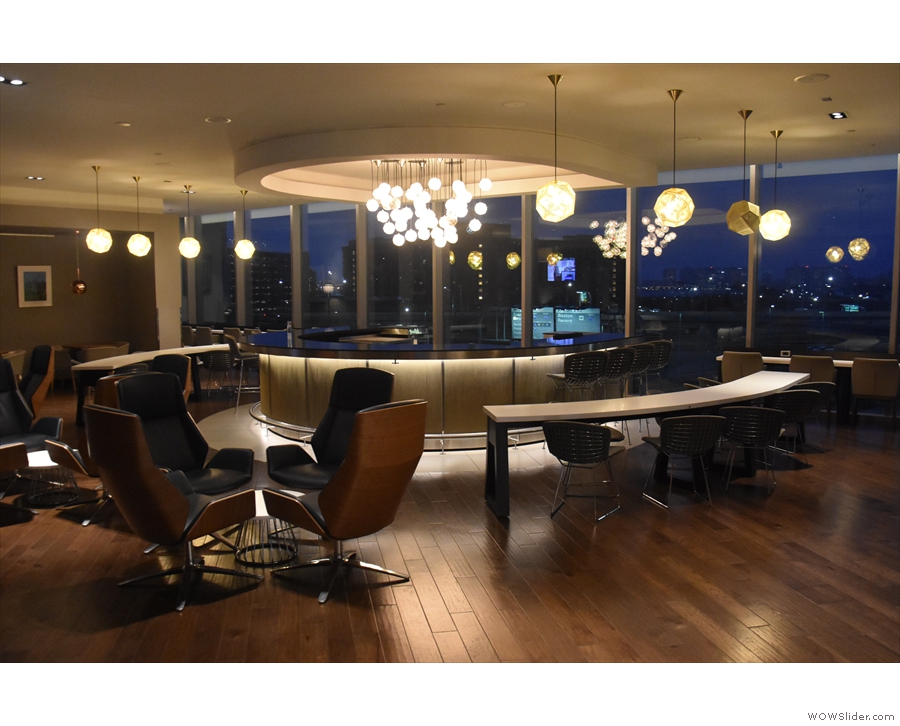




 1
1 2
2 3
3 4
4 5
5 6
6 7
7 8
8 9
9 10
10 11
11 12
12 13
13 14
14 15
15

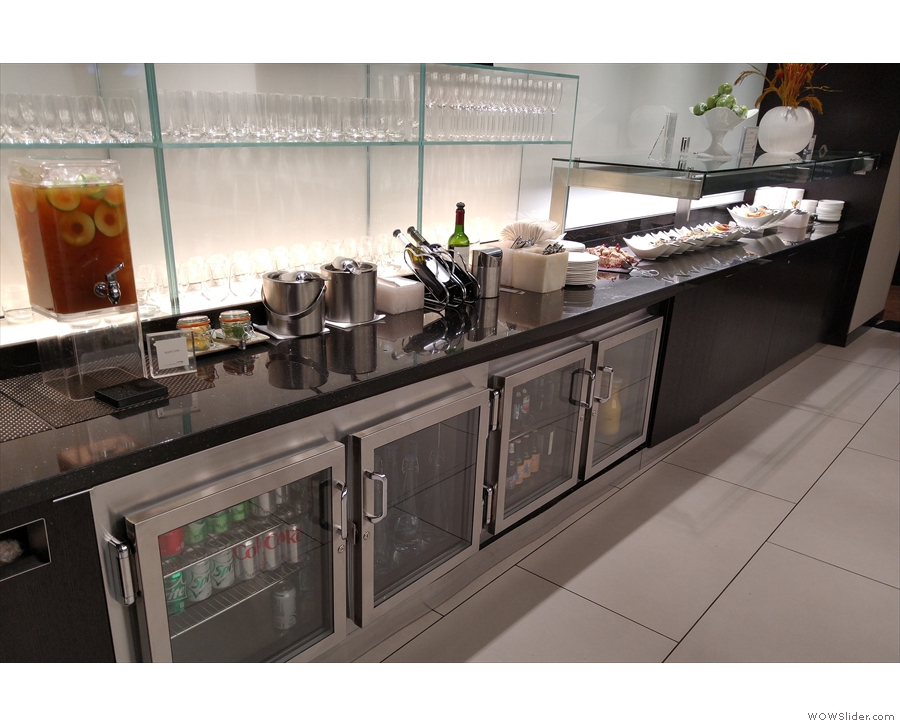



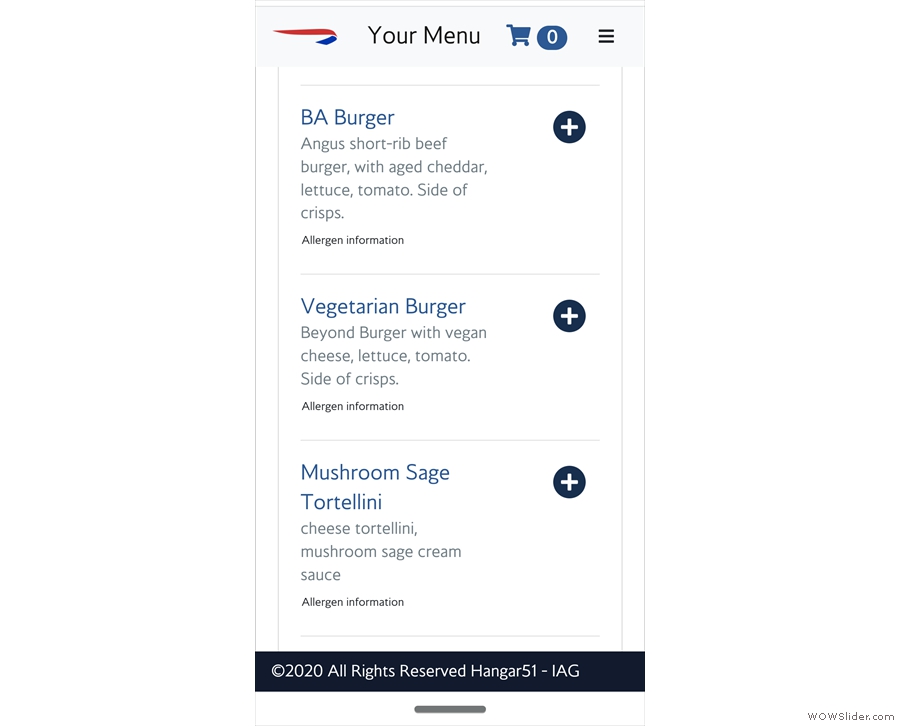







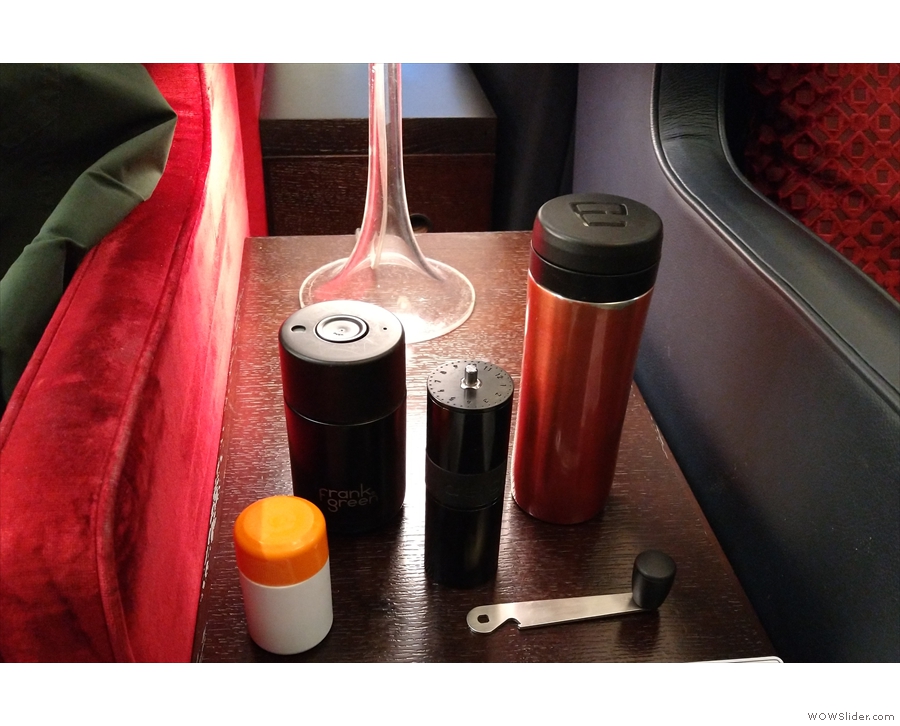

 1
1 2
2 3
3 4
4 5
5 6
6 7
7 8
8 9
9 10
10 11
11 12
12 13
13 14
14 15
15 16
16






 1
1 2
2 3
3 4
4 5
5 6
6 7
7










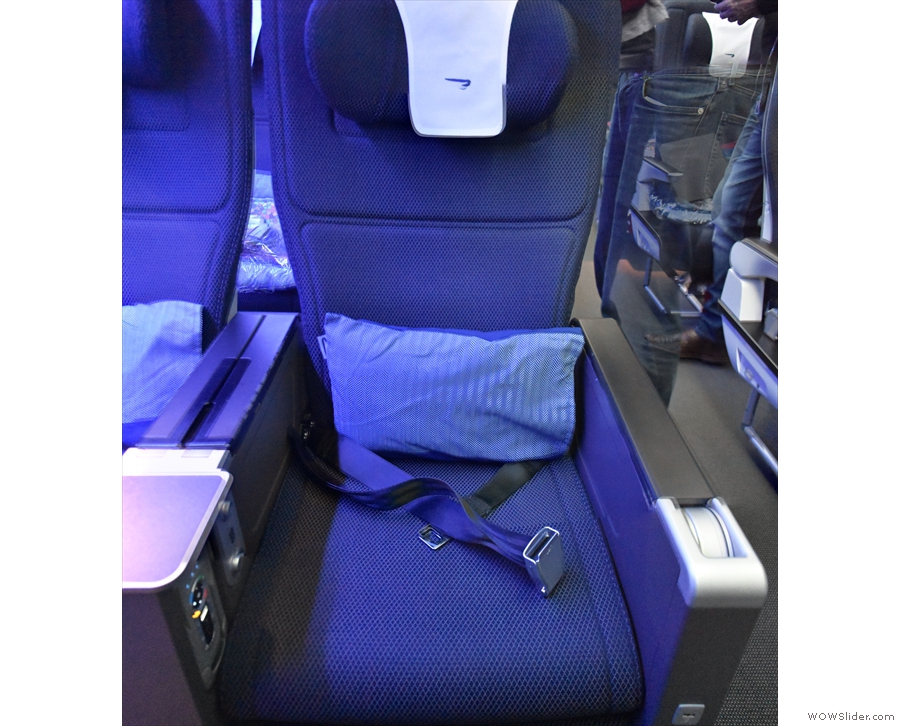




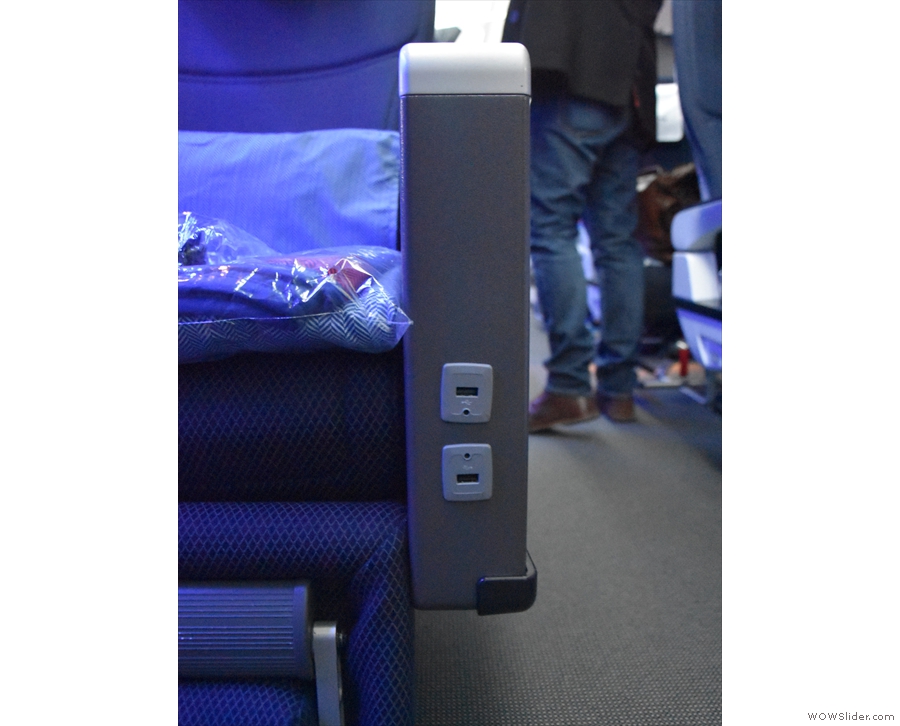


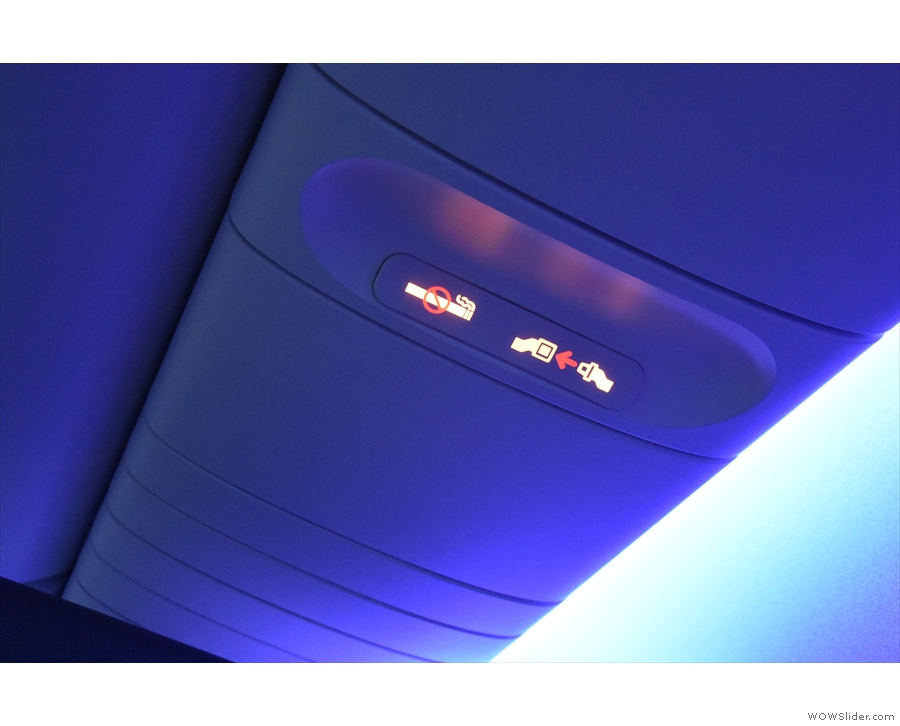




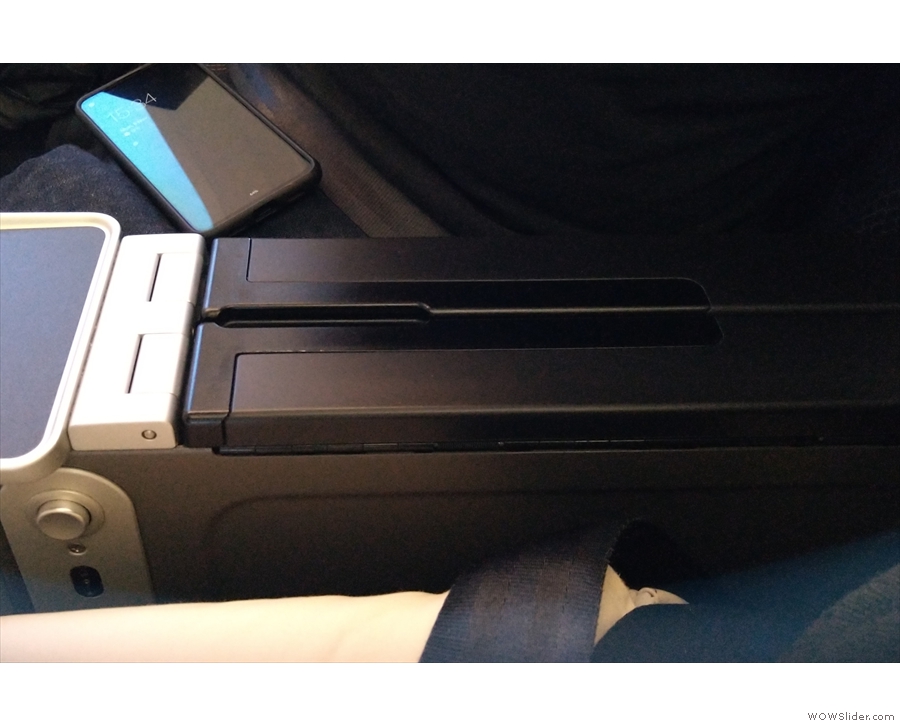



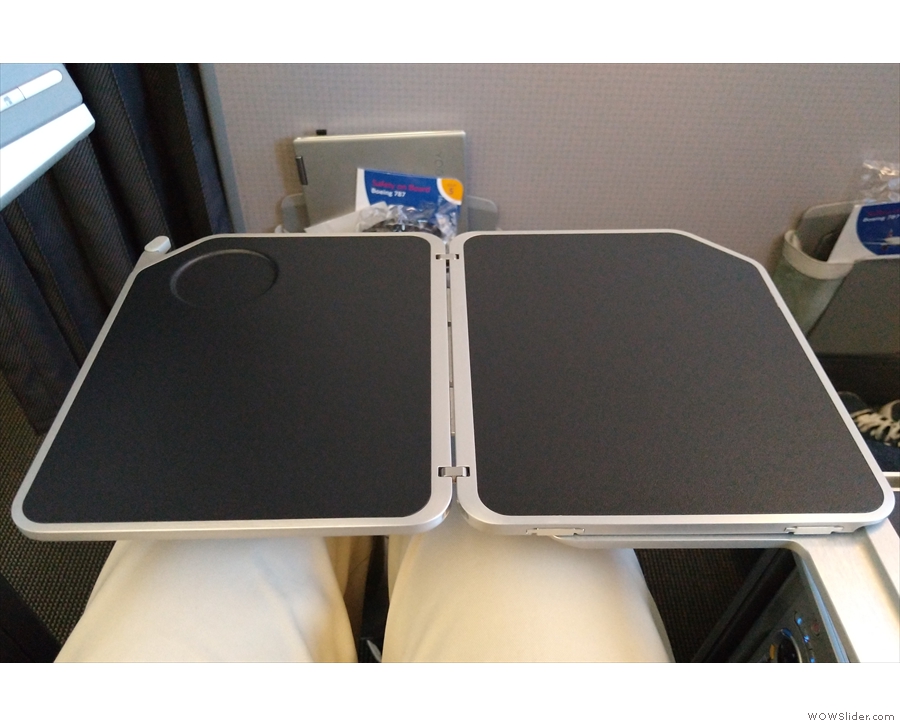

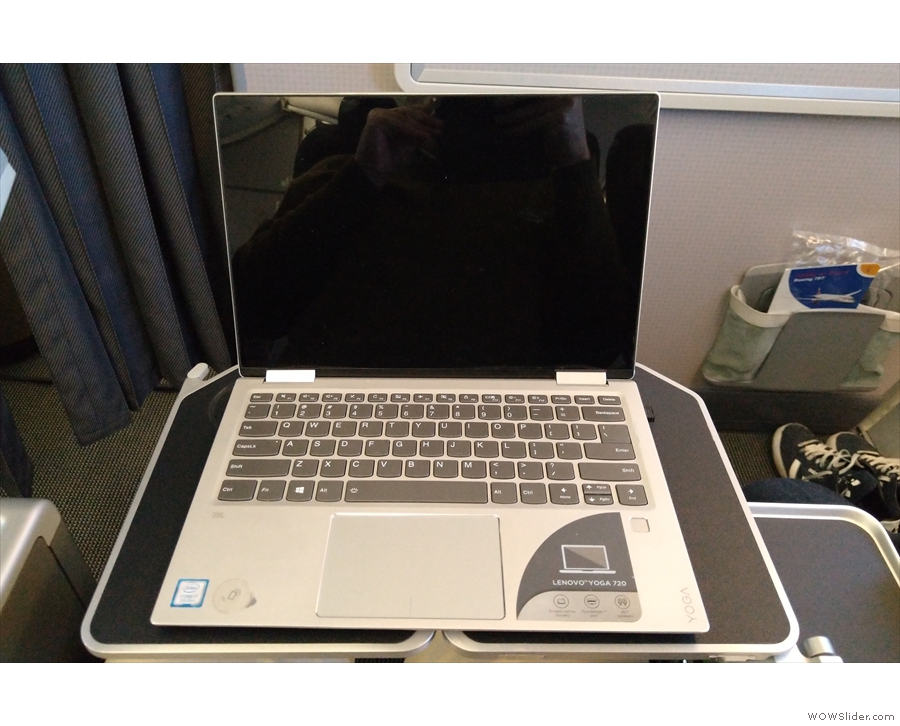






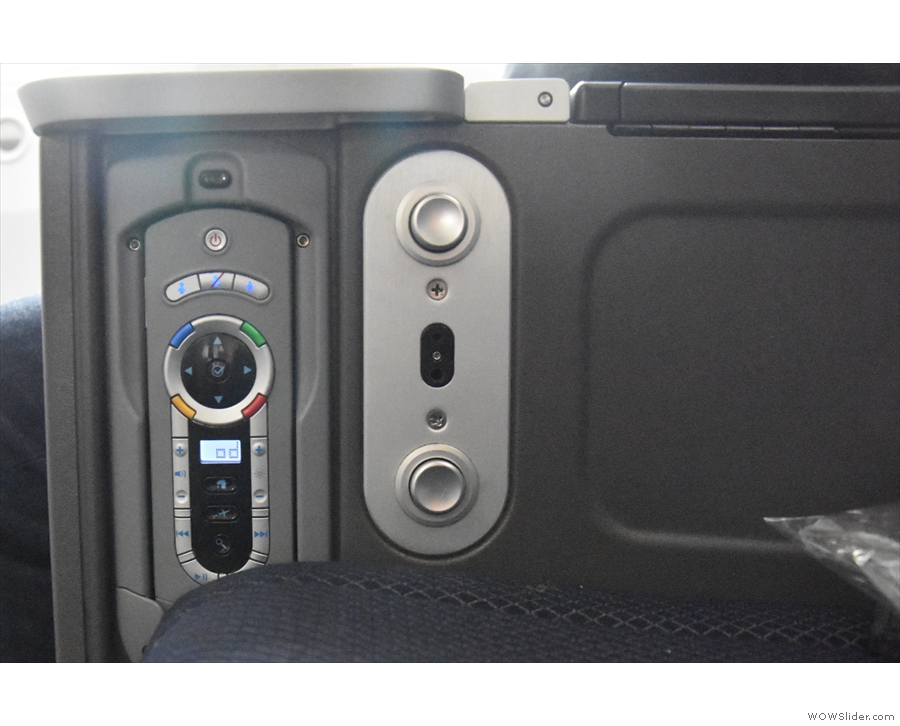
 1
1 2
2 3
3 4
4 5
5 6
6 7
7 8
8 9
9 10
10 11
11 12
12 13
13 14
14 15
15 16
16 17
17 18
18 19
19 20
20 21
21 22
22 23
23 24
24 25
25 26
26 27
27 28
28 29
29 30
30 31
31 32
32 33
33 34
34 35
35 36
36 37
37 38
38










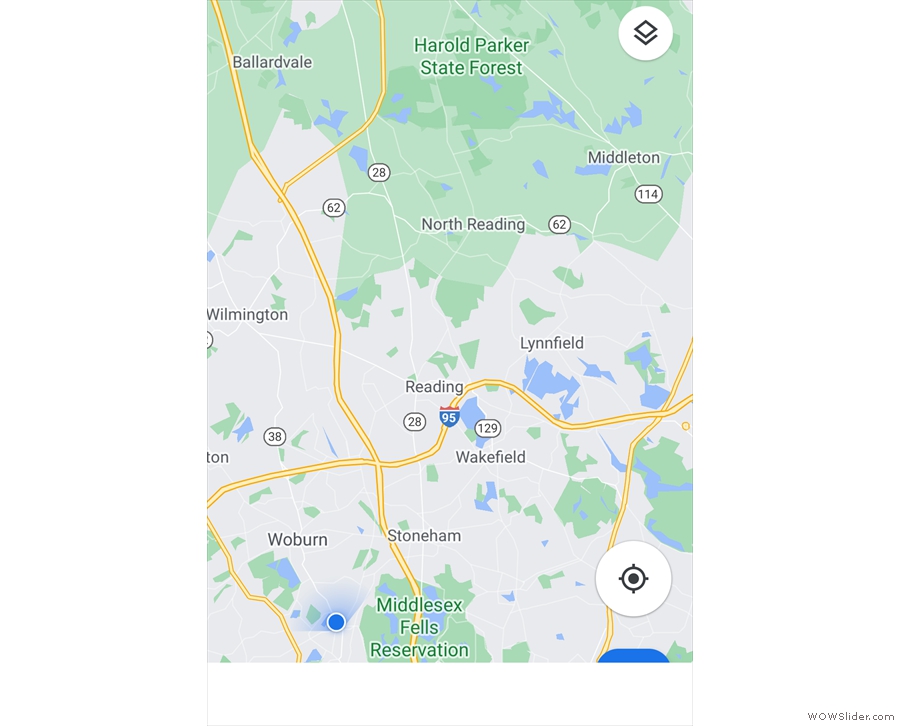
















 1
1 2
2 3
3 4
4 5
5 6
6 7
7 8
8 9
9 10
10 11
11 12
12 13
13 14
14 15
15 16
16 17
17 18
18 19
19 20
20 21
21 22
22 23
23 24
24 25
25 26
26 27
27 28
28










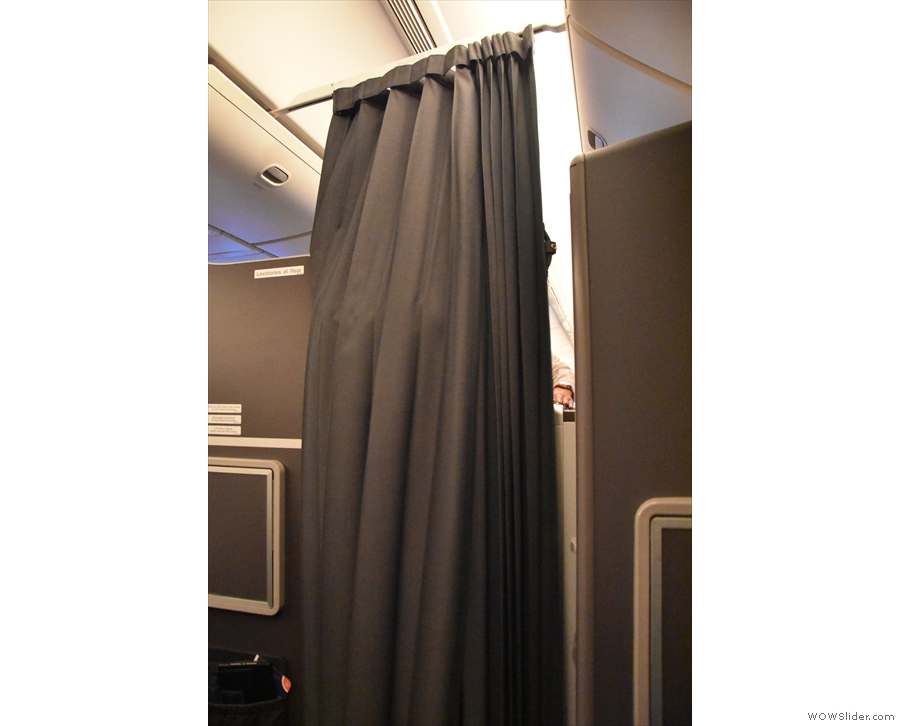






 1
1 2
2 3
3 4
4 5
5 6
6 7
7 8
8 9
9 10
10 11
11 12
12 13
13 14
14 15
15 16
16 17
17 18
18






 1
1 2
2 3
3 4
4 5
5 6
6 7
7
Pingback: Brian’s Travel Spot: Flying to Atlanta in Premium Economy | Brian's Coffee Spot
Pingback: Brian’s Travel Spot: Day 2 PCR Test | Brian's Coffee Spot
Pingback: Brian’s Travel Spot: Flying to America During the COVID-19 Pandemic | Brian's Coffee Spot
Pingback: Peregrine Espresso, Eastern Market (COVID-19) | Brian's Coffee Spot
Pingback: Brian’s Travel Spot: Amtrak Northeast Regional 65 | Brian's Coffee Spot
Pingback: Cocco Patisserie & Coffee | Brian's Coffee Spot
Pingback: Brian’s Travel Spot: From Boston to Portland by Bus | Brian's Coffee Spot
Pingback: Brian’s Travel Spot: Back to Boston in Premium Economy | Brian's Coffee Spot
Pingback: Amtrak Downeaster, Part I | Brian's Coffee Spot
Pingback: Amtrak Downeaster, Part II | Brian's Coffee Spot
Pingback: Brian’s Travel Spot: Boston to Manchester via Heathrow | Brian's Coffee Spot
Pingback: Brian’s Travel Spot: Heathrow to Manchester | Brian's Coffee Spot
Pingback: Brian’s Travel Spot: Flying to Boston in Economy | Brian's Coffee Spot
Pingback: Brian’s Travel Spot: Return from Boston (Again) | Brian's Coffee Spot
Pingback: Brian’s Travel Spot: Heading Home – Boston to London | Brian's Coffee Spot